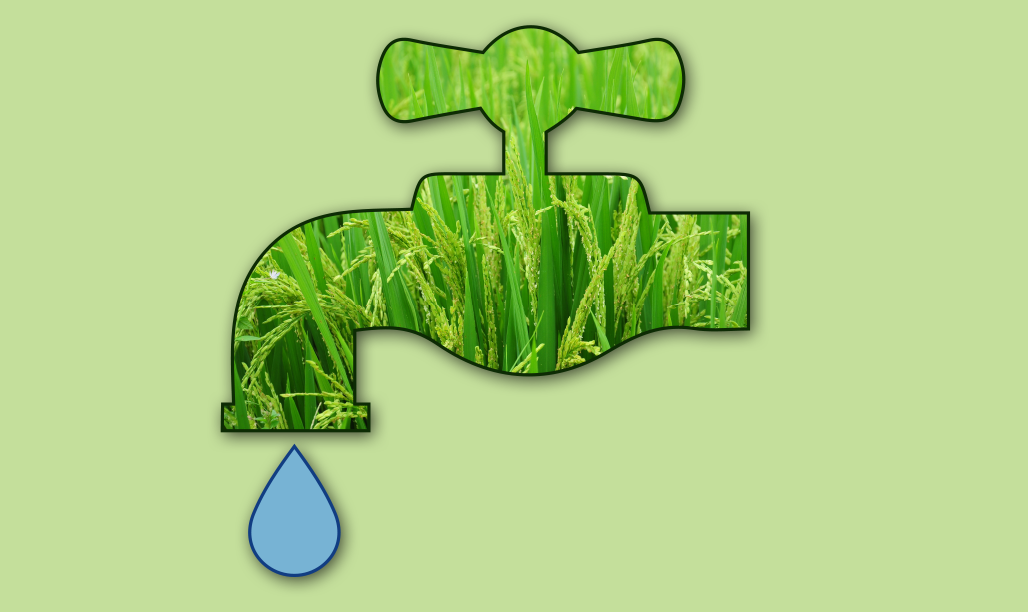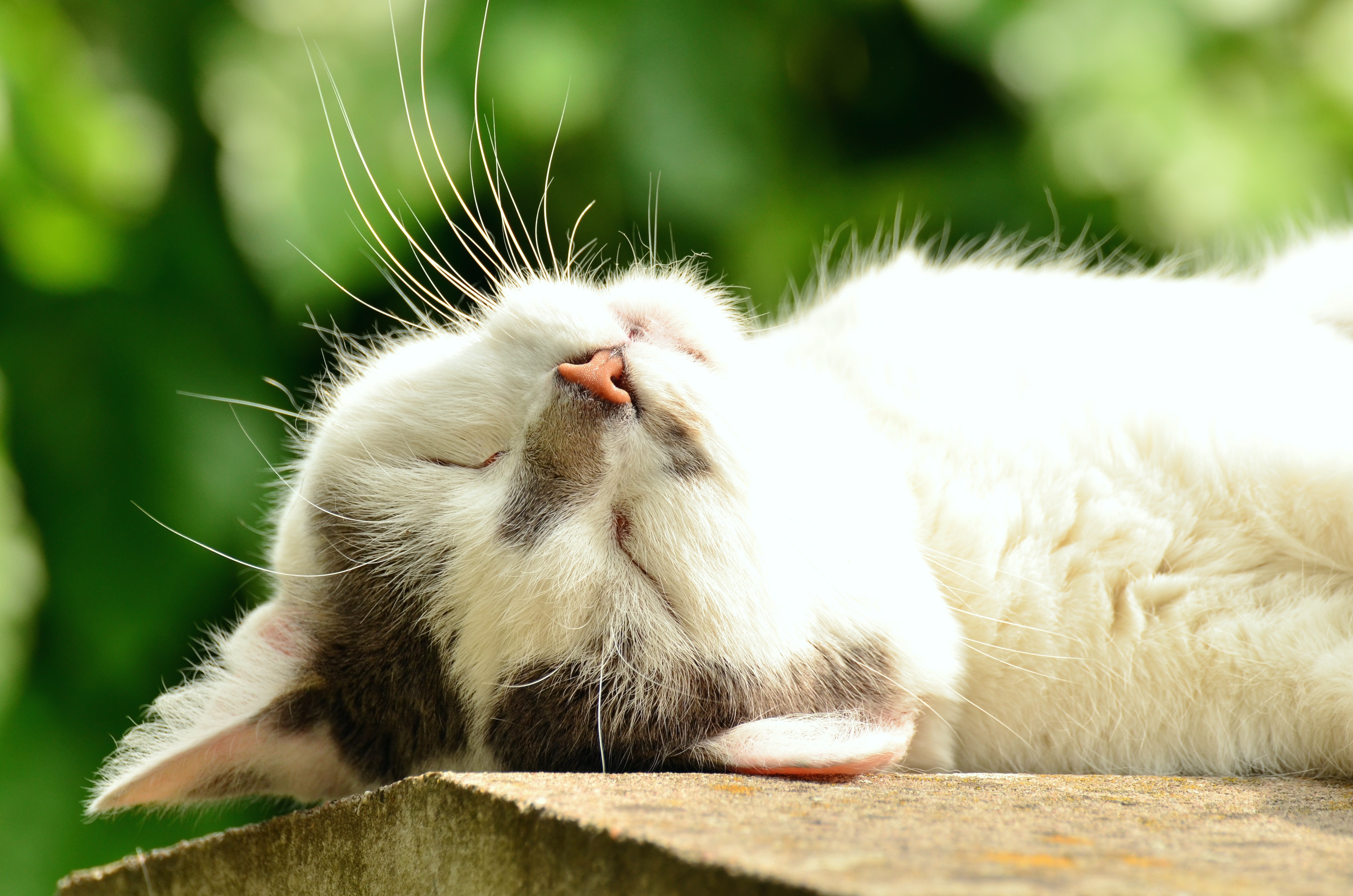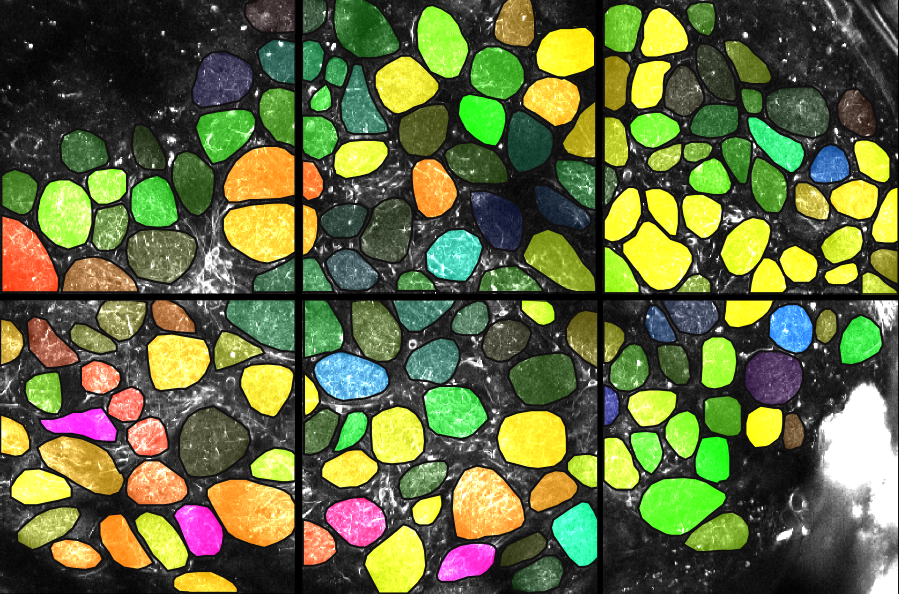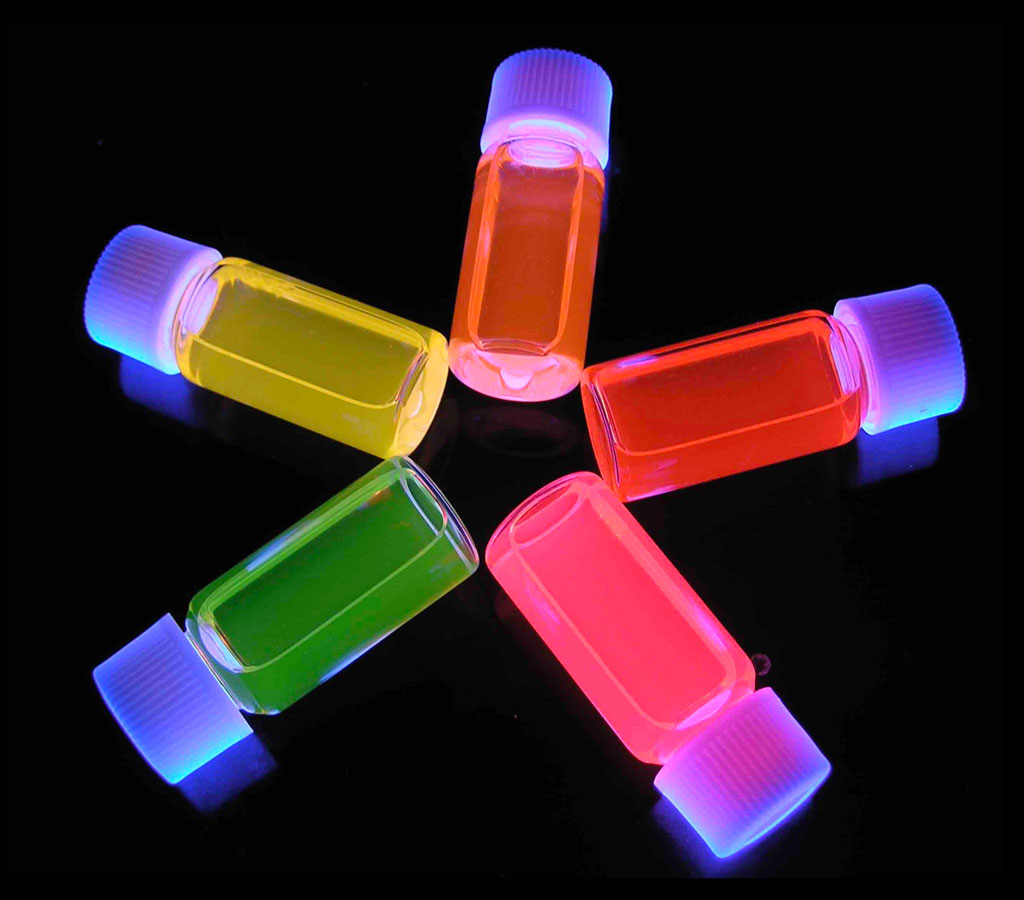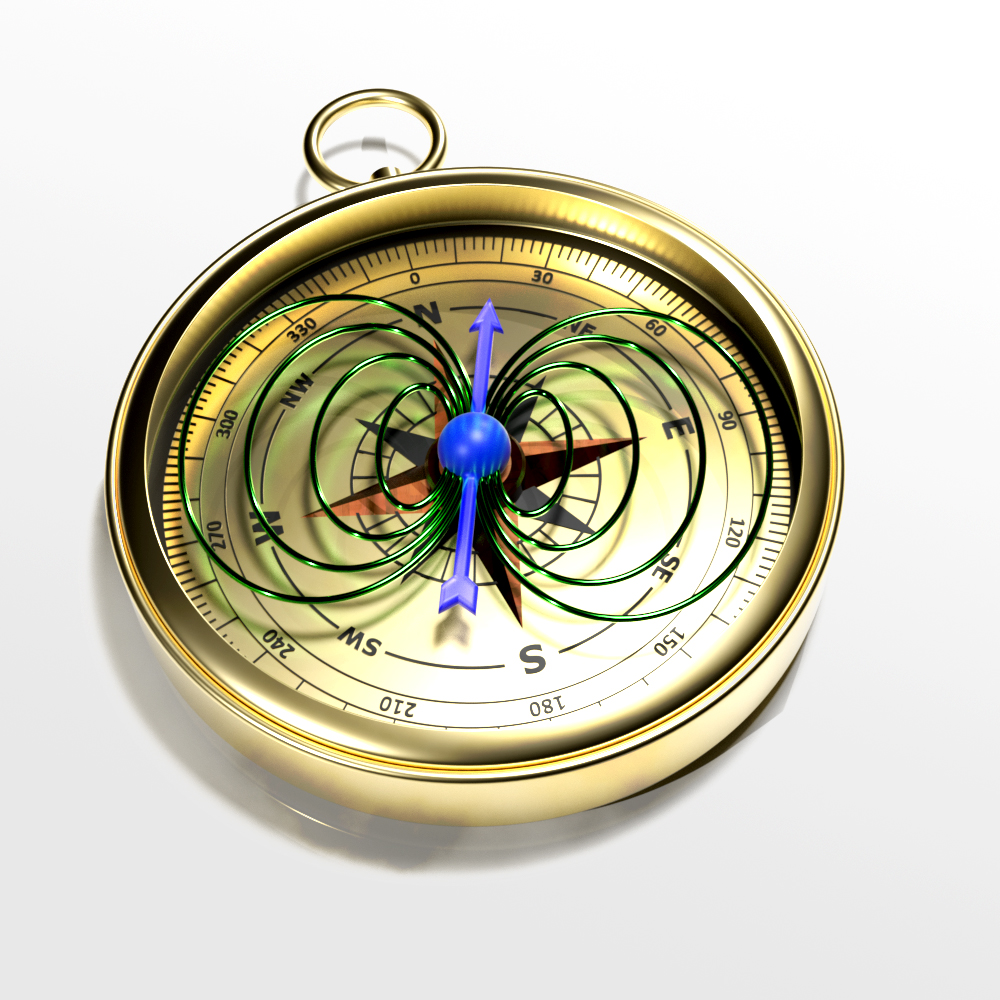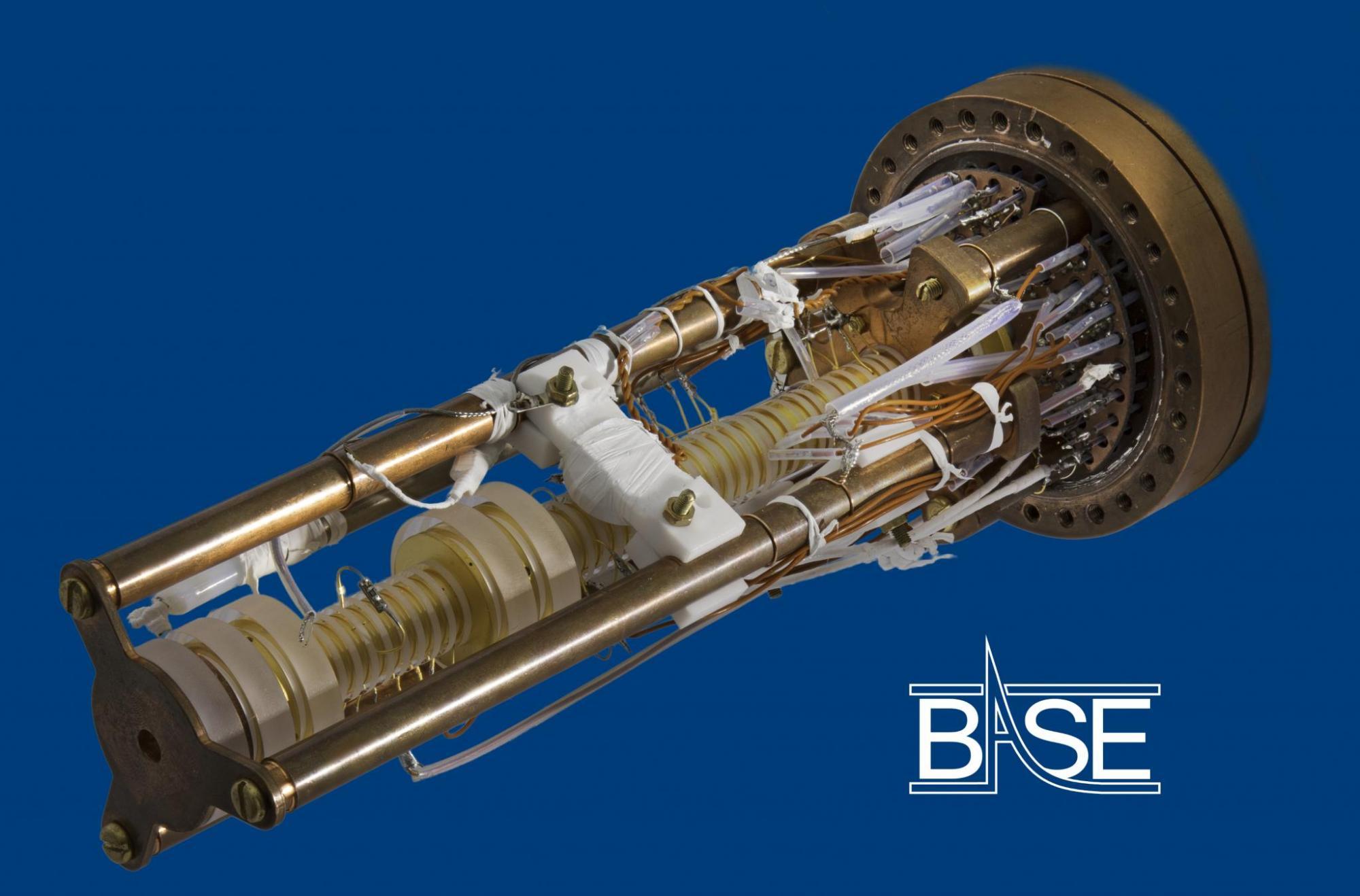Latest research animations
Self-assembly of spider silk
This gut microbe might protect against diabetes and reduce insulin resistance
NEW: One-way hydrogel guides motion of tiny worms!
Latest Posts
No Results Found
The page you requested could not be found. Try refining your search, or use the navigation above to locate the post.
Clean and green: a moss that removes lead (Pb) from water
The brain’s GPS has a buddy system
Leaky plants bad for drought resistance
Helping the body clock keep its cool
The stars align
What’s that smell? The advantage of sniffing
Quantum dots light up cancer with a little help
Most precise measurement ever of proton magnetic moment
Proton and antiproton still seem identical
Oct
29
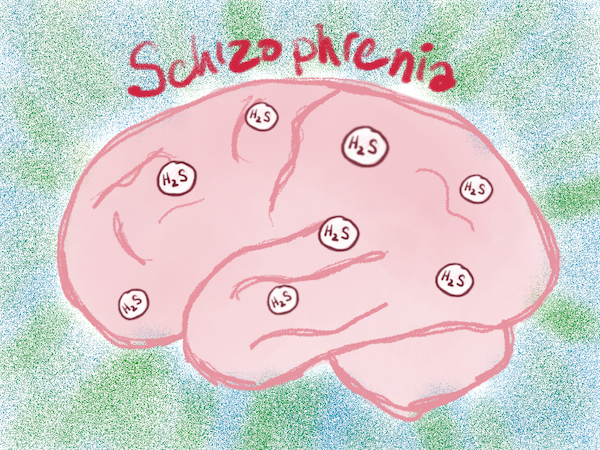
Schizophrenia biomarker (hydrogen sulfide) in human hair
Not only is hydrogen sulfide a good biomarker for schizophrenia, it’s also the culprit and a new starting point for drug discovery.
Oct
10
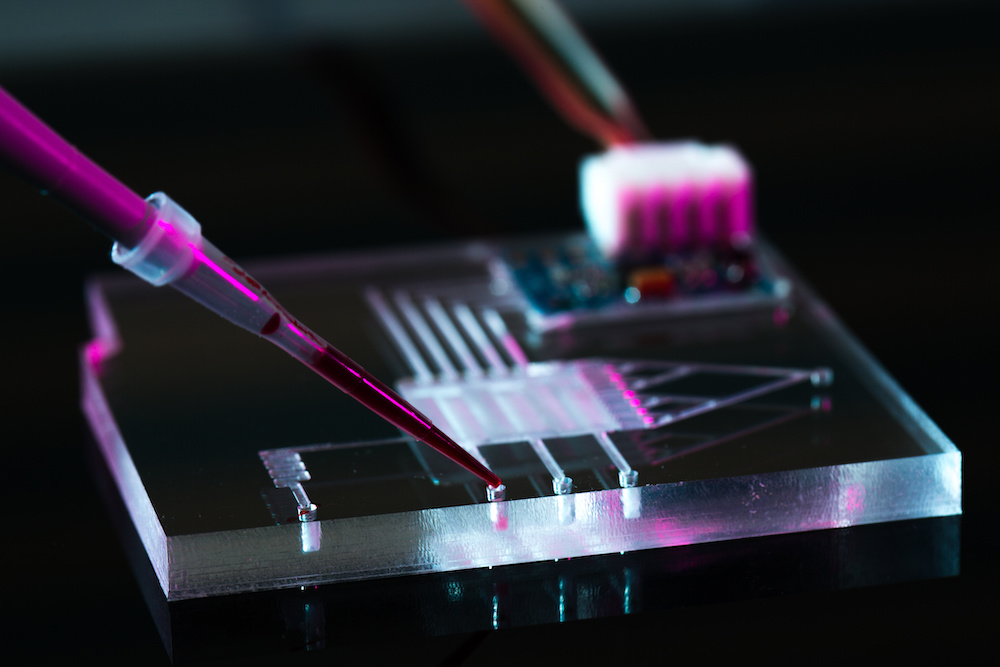
Brain tissue kept alive for weeks with new microfluidic device
Oct
4
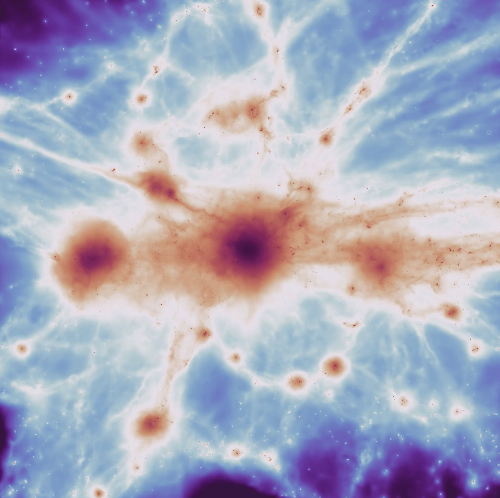
Massive filaments, galaxies, and supermassive black holes
Big telescopes yield big data! Detailed observations gas filaments connecting galaxies in a distant proto-cluster in the early Universe.
Oct
3
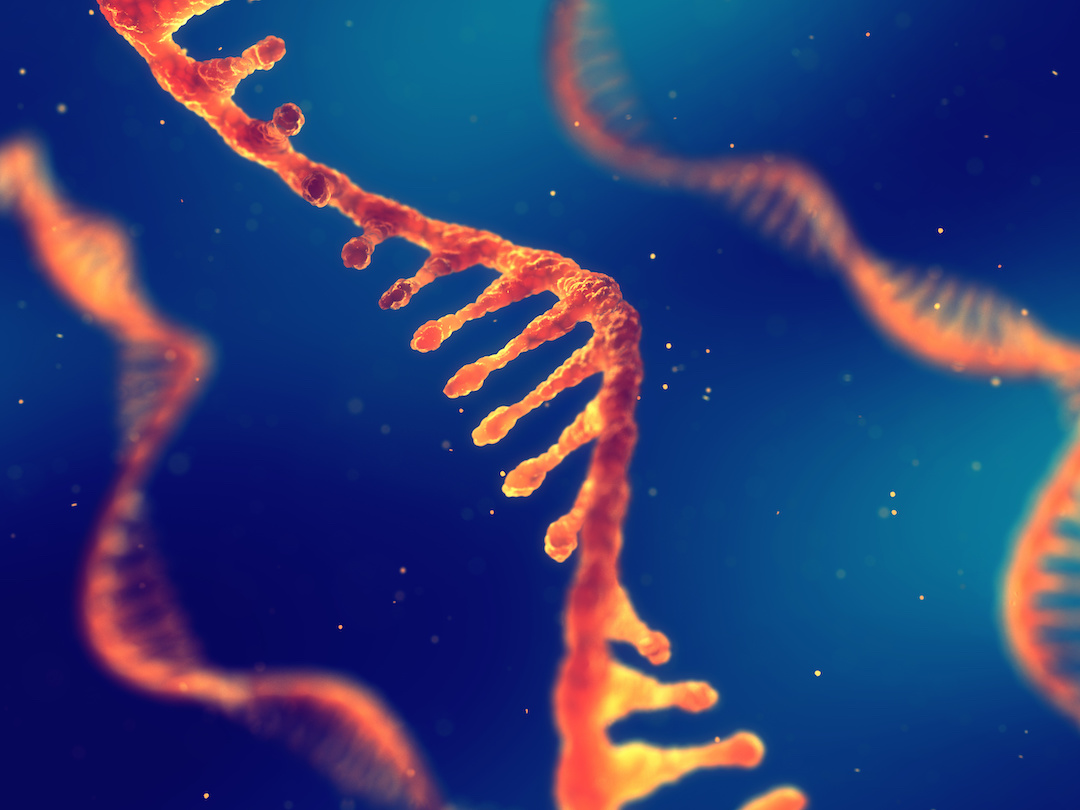
Understanding non-coding DNA: gene “enhancers”
NETCAGE is a newly developed technique for determining the structure of portions of the non-coding genome called ‘enhancers.’
Aug
22

Mini-EUSO launched to the International Space Station ?
The Mini-EUSO observatory was successfully launched to the International Space Station aboard the Soyuz MS14! NASA video inside!
Aug
9
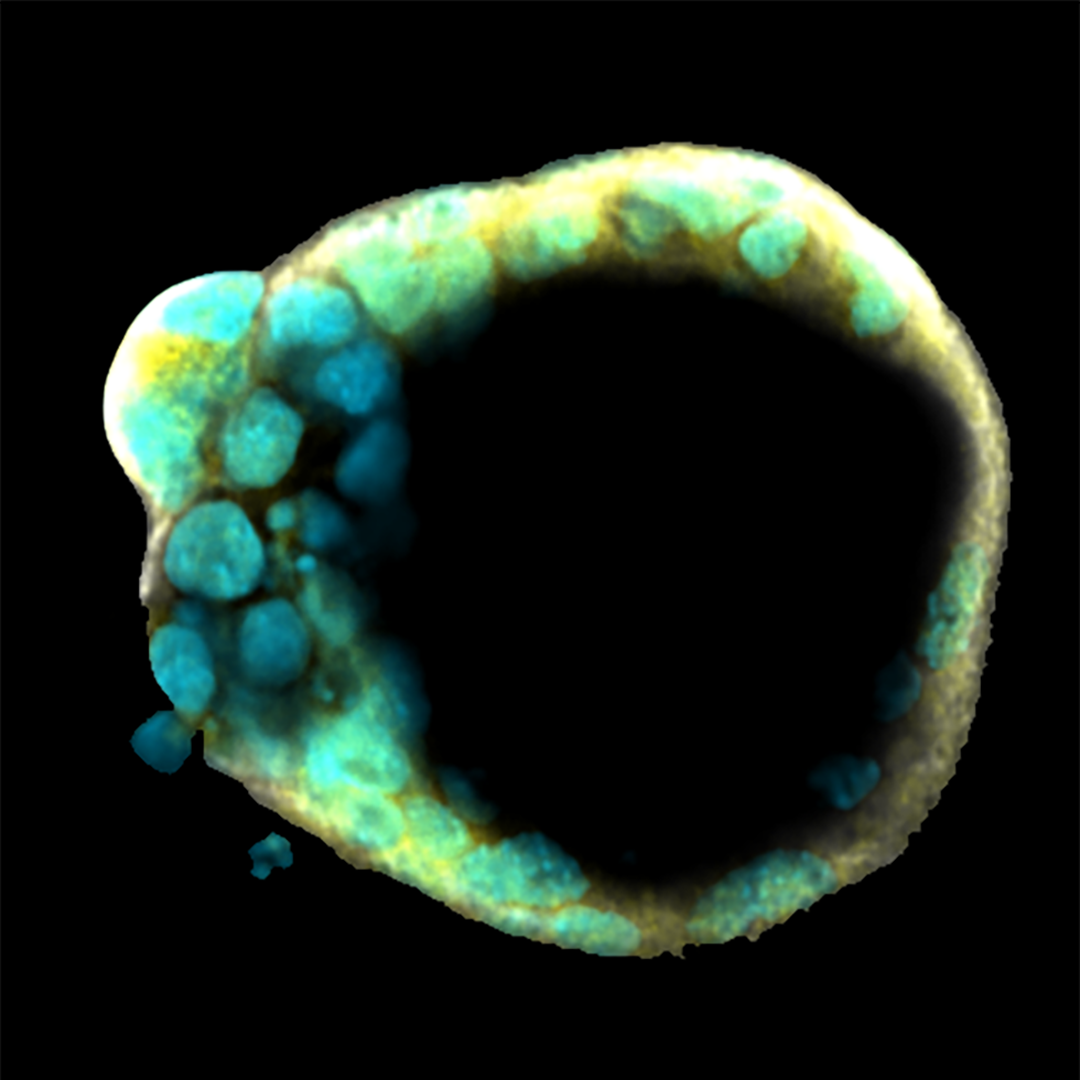
Implantable blastocyst‐like cysts grown from stem cells
Embryo Organoids?! Blastocyst‐like cysts grown from pluripotent mouse stem cells were similar to natural blastocysts (early embryos).



